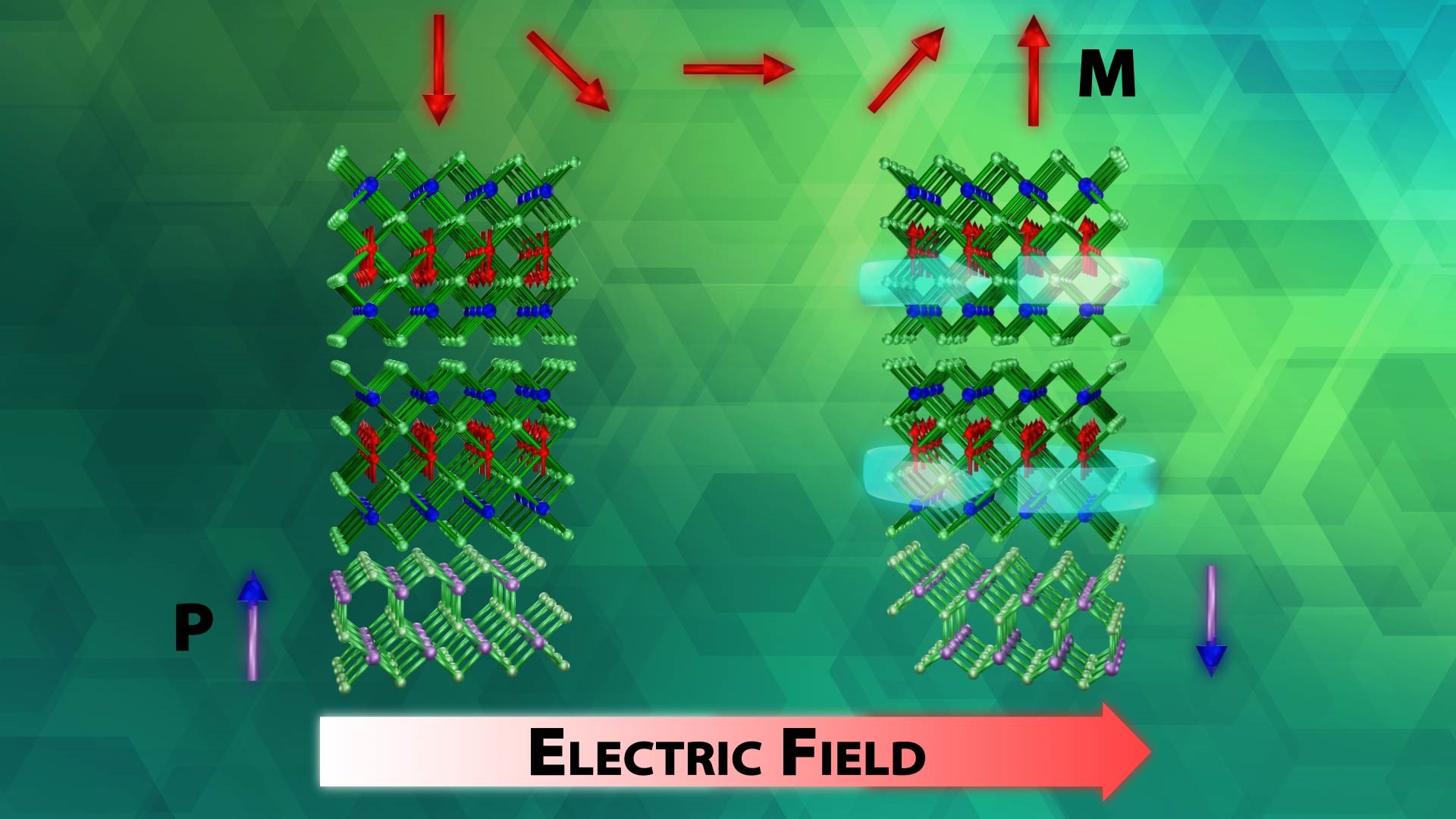An advance in a topological insulator material — whose interior behaves like an electrical insulator but whose surface behaves like a conductor — could revolutionize the fields of next-generation electronics and quantum computing, according to scientists at Oak Ridge National Laboratory.
Discovered in the 1980s, a topological material is a new phase of material whose discoverers received a Nobel Prize in 2016. Using only an electric field, ORNL researchers have transformed a normal insulator into a magnetic topological insulator. This exotic material allows electricity to flow across its surface and edges with no energy dissipation. The electric field induces a change in the state of matter.
“The research could result in many practical applications, such as next-generation electronics, spintronics and quantum computing,” said ORNL’s Mina Yoon, who led the study.
Such matter could lead to high-speed, low-power electronics that burn less energy and operate faster than current silicon-based electronics. The ORNL scientists published their findings in 2D Materials. — Lawrence Bernard


